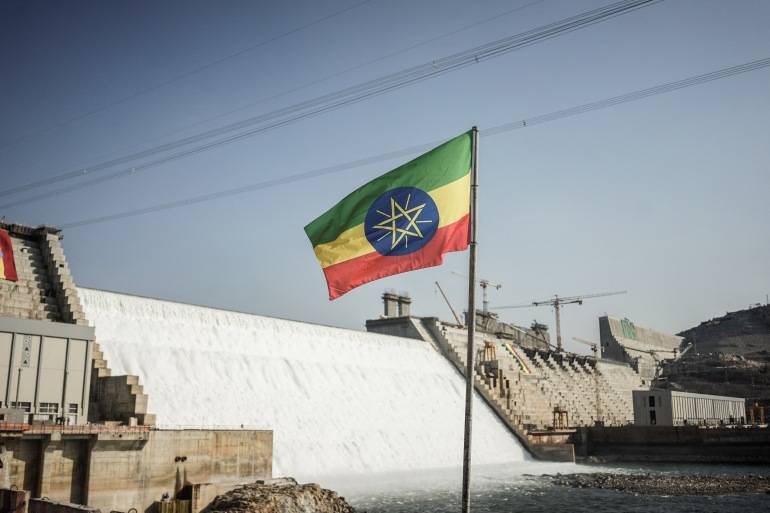ADDIS ABABA, ETHIOPIAN REPUBLIC — On Sunday, February 20, Ethiopia began producing energy from its Grand Ethiopian Renaissance Dam (GERD), a multibillion-dollar hydroelectric complex on the Nile that neighbors Sudan and Egypt are concerned would cause water shortages downstream.
Prime Minister Abiy Ahmed sought to reassure those nations that his country did not seek to hurt their interests after flicking a digital switch to turn on the turbines in the first phase of the project.
"The fundamental objective of Ethiopia is to bring light to 60 percent of the population that is suffering in darkness, to save the work of our moms who are carrying wood on their backs to generate energy," Abiy explained.
His administration claims the project is critical to the country's economic development, while Egypt and Sudan rely on the Nile's waters and are concerned about its impact.
According to the World Bank, Ethiopia, the continent's second most populous country, has the second largest electricity deficit in Africa, with around two-thirds of its 110 million people not connected to the grid.
According to the government, when completed, the project will cost $5 billion and will be Africa's largest hydroelectric plant, generating 5,150 MW of electricity, part of which will be sold to neighboring countries.
According to the state-affiliated FANA broadcaster, the government has already committed more than 100 billion Ethiopian birr ($1.98 billion) in the project. It is located in the western Benishangul-Gumuz area at a place called Guba.




